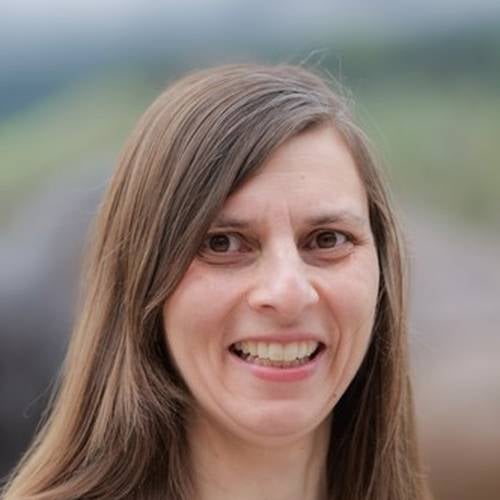About This Webinar
The brain is an incredibly complex organ, with more than 86 billion neurons. Optogenetics has opened a window into the brain and provided an incredible tool for optical studies. However, many structures cannot be seen with diffraction limited imaging. In the living brain, the properties of subcellular structures and localization of proteins are dynamically modulated to control essential brain functions such as learning. For example, morphological changes in dendritic spines have been linked to memory formation, learning, and Alzheimer's.
This talk discusses stimulated emission depletion (STED) microscopy, which requires fiber-coupled excitation and depletion beams to enable studies of freely behaving animals. Recent technological advances in fiber-coupled STED endoscopy and methods to achieve STED imaging in deep tissue can further these techniques for neuroscience studies of the brain. There is also the potential for future clinical uses of this novel imaging tool.
*** This presentation premiered during the
2024 BioPhotonics Conference. For more information on Photonics Media conferences and summits, visit
events.photonics.com
About the presenter

Juliet Gopinath, Ph.D., is the Alfred T. and Betty E. Look Professor of Electrical, Computer, and Energy Engineering and Physics at the University of Colorado Boulder. She received her Bachelor of Science degree in electrical engineering from the University of Minnesota and her Master of Science and doctorate degrees at MIT. She was a member of technical staff at MIT Lincoln Laboratory from 2005 to 2009. Since then, she has led a research group at the University of Colorado Boulder. Gopinath’s current research interests include ultrafast lasers, nonlinear optics, mid-infrared materials, spectroscopy, orbital angular momentum, and adaptive optical devices.
Gopinath has published 84 peer-reviewed journal articles and over 108 conference presentations. She is the recipient of an AFOSR Young Investigator Award (2010), R&D 100 Award (2012), NSF CAREER (2016), and is an Optica Fellow (2021). She served as an associate editor for the IEEE Photonics Society Journal (2011-2017), the associate director for Cubit (2019), and currently is an associate editor for Optica.